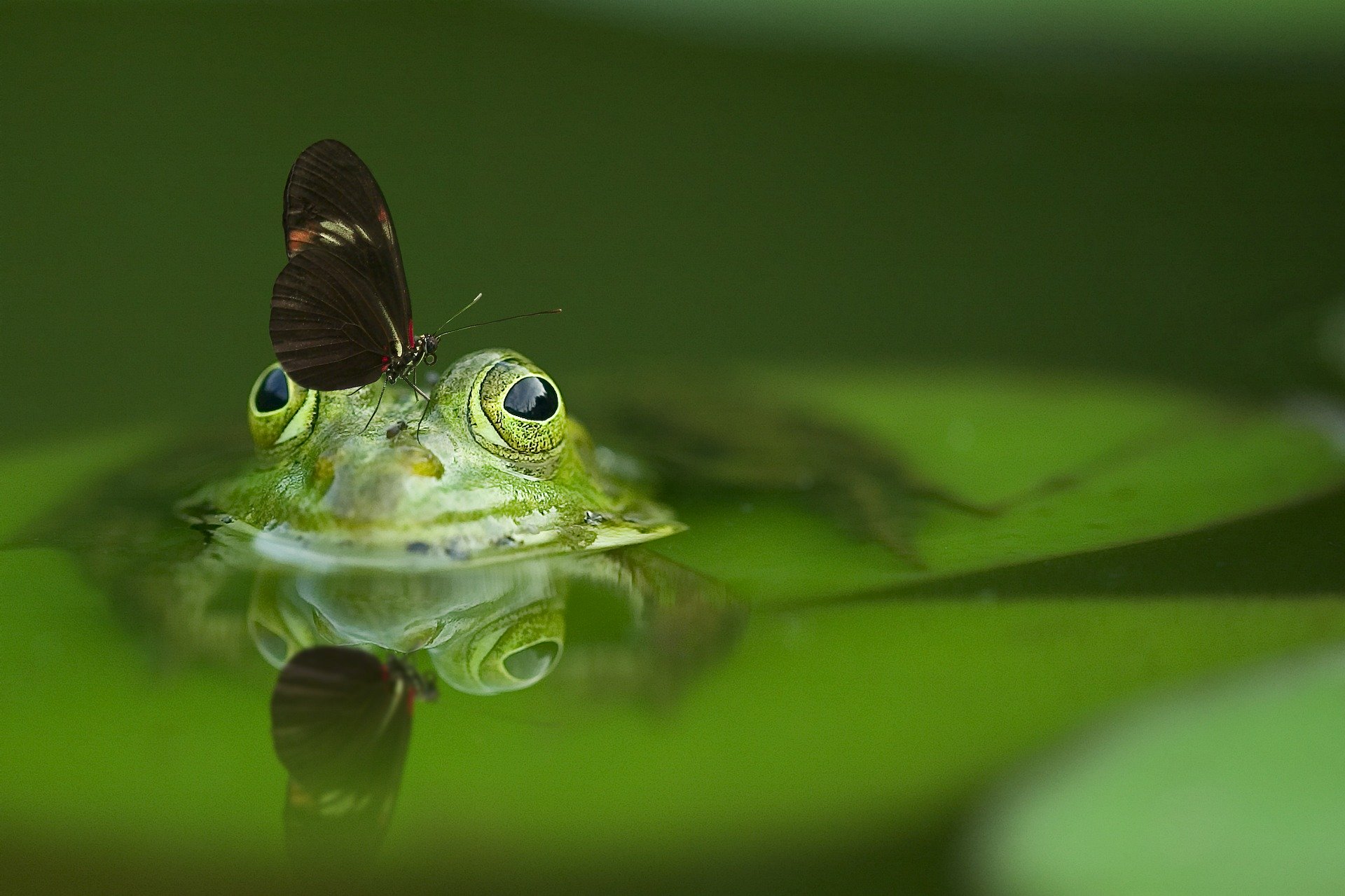Bringing the Outside In: The Natural Curriculum
With another lockdown comes another set of challenges for teachers of all age groups, but thanks to the hard work of teachers and the teaching community, there are now more resources than ever to help support remote teaching. One such teacher is Bristol-based primary school teacher David Millington, who created his website, the Natural Curriculum, in partnership with ERA. The Natural Curriculum provides grammar lessons that bring the natural world into the home and classroom to help inspire pupils. Here, David talks about the Natural Curriculum and his hopes for its future.

I’ve always been passionate about using audio-visual media to inspire the children I teach, and nothing seems to captivate them more than the wonders of the natural world. Showing them a clip from one of the BBC’s natural history programmes such as Africa or Blue Planet immediately ignites a sense of awe, inspiring their imagination.
Utilising children’s innate fascination with our planet, I created the Natural Curriculum in collaboration with the Educational Recording Agency. Based on England’s National Curriculum, the website provides grammar lessons centred on captivating clips from the BBC’s natural history archives. We launched the Natural Curriculum with lessons for Year 4 and 5 pupils, and have since added lessons for Year 6. It is our hope that the Natural Curriculum will continue to grow, expanding to cover more primary year groups, and other core subjects.
During the summer lockdown, we also released ‘Home Learning Resources’ for Years 1-6, providing literacy activities based on natural history clips. During a period of such confinement, the Natural Curriculum showed young people what our incredible planet has to offer, bringing the outside world into the limited spaces we were occupying. The wondrous animals and far-reaching landscapes appeal to children who live in cities, surrounded by concrete, or who have not had the opportunity to explore much of the natural world beyond their homes.

There are many benefits to using the Natural Curriculum to teach topics such as grammar – something that is often perceived as ‘boring’ or ‘difficult to explicitly teach’. Let’s face it – when it comes to the English language and its grammatical concepts (multi-clause sentences, subordinating conjunctions etc), the majority of adults frown, as confused expressions spread across their faces. However, by hanging such complex notions onto something concrete that pupils are interested in – something that excites them – suddenly these seemingly abstract compositions become accessible and more memorable. Many teachers who have used the Natural Curriculum site have commented that attaching grammar concepts to animals makes it far easier for children to remember them. Asking pupils if they remember the lesson they had on ‘expanded noun phrases’ might be met with blank faces; asking ‘do you remember the lesson about the langur monkey who bounded across rooftops?’ is met with eagerness to revisit a fun and enjoyable lesson.
It is important to note that the Natural Curriculum’s lessons are created to the highest level: they are made by teachers, for teachers. And it is not just the lesson content that is of a high quality, but also the language used by David Attenborough and other presenters of the clips we use. Their descriptive narration contains many exceptional examples that model the kind of language we want to encourage children to use in their own writing. The narrations are never simply factual; they use figurative language and vivid vocabulary, and create anticipation and suspense – everything you could want in a concrete example of grammar concepts being modelled in real life.
